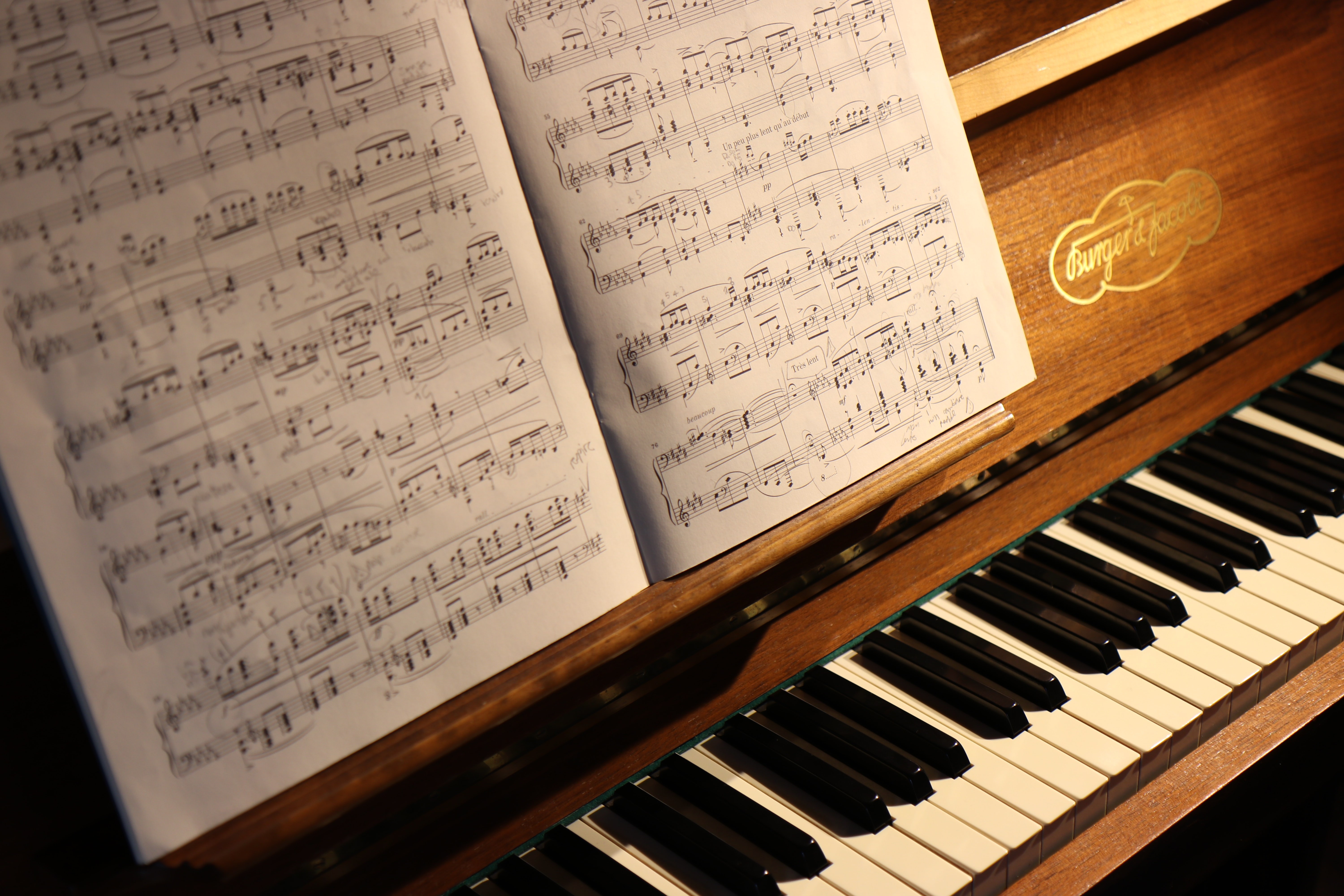A rāga is sometimes explained as a melodic rule set that a musician works with, but according to Dorottya Fabian and others, this is now generally accepted among music scholars to be an explanation that is too simplistic. According to them, a rāga of the ancient Indian tradition can be compared to the concept of non-constructible set in language for human communication, in a manner described by Frederik Kortlandt and George van Driem; audiences familiar with raga recognize and evaluate performances of them intuitively.
Ragas can be classified using different criteria. Here are a few classifications:
Number of Notes
- Sampurna (Complete) Ragas: Ragas that contain all 7 notes of the octave are called Sampurna Ragas.
- Shadav Ragas: Ragas that contain 6 notes of the octave in the scale are called Shadav Ragas.
- Aurav Ragas: Ragas that contain 5 notes of the octave in the scale are called Audav Ragas.
The ragas are further named based on the number of notes in the Arohana (ascent) and the Avarohana (descent) of the scale.
Aurav - Aurav: The raga contains 5 notes in arohan and 5 notes in avarohan
Aurav - Shadav: The raga contains 5 notes in arohan and 6 notes in avarohan
Aurav - Sampurna: The raga contains 5 notes in arohan and all 7 notes on avarohan
Similarly we have ragas as Shadav-Aurav, Shadav-Shadav, Shadav-Sampurna, Sampurna-Aurav, Sampurna-Shadav, Sampurna-Sampurna.
Based on Time
All ragas are divided into two groups Poorva Ragas and Uttar Ragas.
- Poorva Ragas: Poorva Ragas are sung between noon and midnight
- Uttar Ragas: Uttar Ragas between midnight and noon.
Pricipal Raga Classification (6 Ragas, 36 Raginis)
Another division of ragas is the classification of ragas under the principal ragas:
The raga-ragini scheme is a classification scheme used from the 14th century to the19th century. It usually consists of 6 \'male ragas each with \'wives\' (raginis) and a number of sons (putras) and even daughters-in-law. As it did not agree with various other schemes, and the \'related\' ragas had very little or no similarity, the raga-ragini scheme is no longer very popular. However, they define a very important fact of Indian Classical Music and the Raga system is that the ragas do have personality and can be imagined to have relationships with each other.
These are listed is as follows
(1) Bhairav raga
Wives: Bhairavi, Bilawali, Punyaki, Bangli, Aslekhi. Sons: Pancham, Harakh, Disakh, Bangal,Madhu, Madhava, Lalit, Bilaval.
(2) Malkaus raga
Wives: Gaundkari, Devagandhari, Gandhari, Seehute, Dhanasri. Sons: Maru, Mustang, Mewara, Parbal,Chand, Khokhat, Bhora, Nad.
(3) Hindol raga
Wives: Telangi, Devkari, Basanti, Sindhoori, Aheeri. Sons: Surmanand, Bhasker,Chandra-Bimb, Mangalan, Ban, Binoda, Basant, Kamoda.
(4) Deepak raga
Wives: Kachheli, Patmanjari, Todi, Kamodi, Gujri. Sons: Kaalanka, Kuntal, Rama, Kamal,Kusum, Champak, Gaura, Kanra [36].
(5) Shree raga
Wives: Bairavi, Karnati, Gauri, Asavari, Sindhavi. Sons: Salu, Sarag, Sagra, Gaund,Gambhir, Gund, Kumbh, Hamir.
(6) Megh raga
Wives: Sorath, Gaundi-Malari, Asa, Gunguni, Sooho. Sons: Biradhar, Gajdhar, Kedara,Jablidhar, Nat, Jaldhara, Sankar, Syama.

